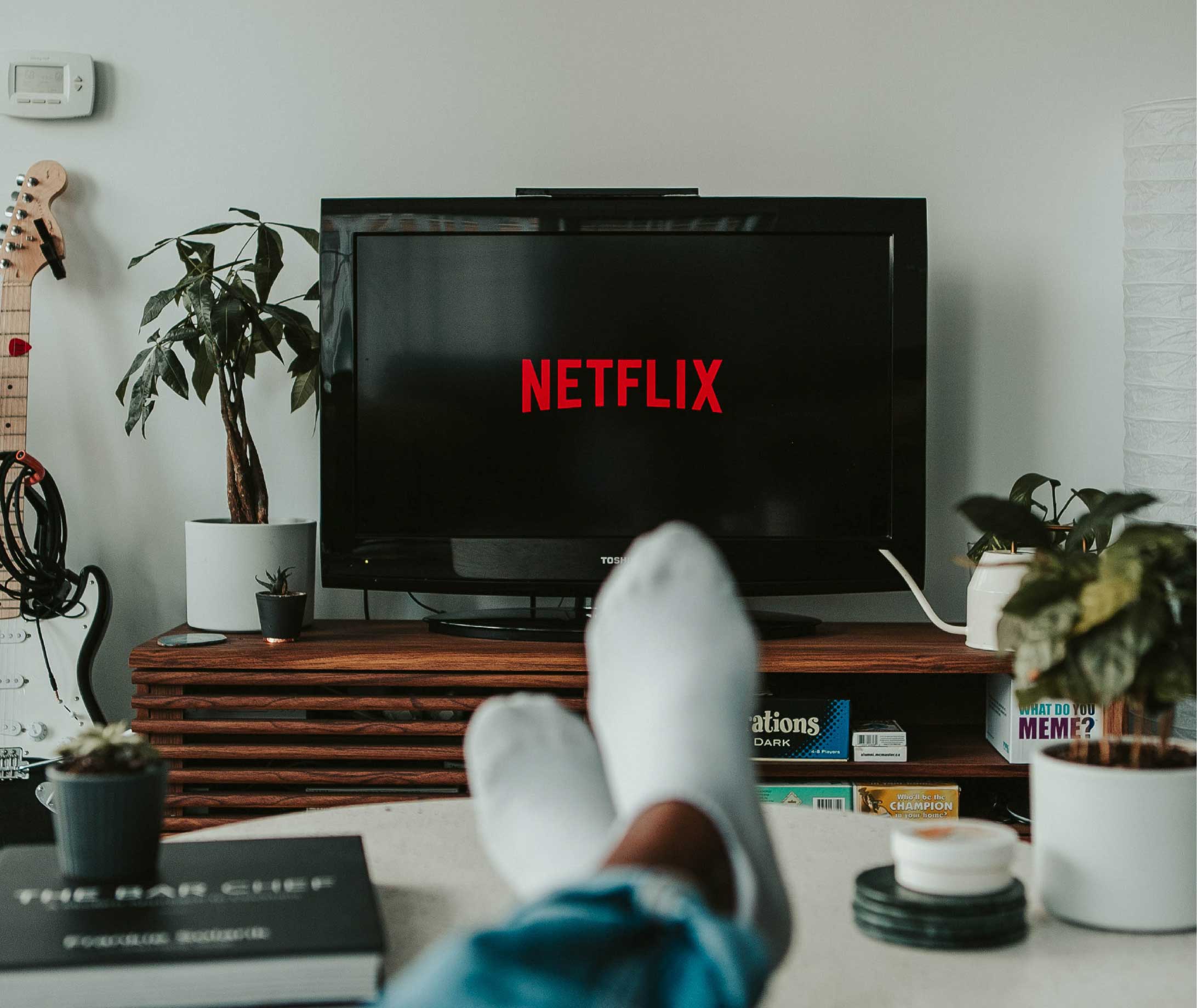Digital entertainment: how Australians spend their time online

Entertainment and streaming services are fast becoming a popular way to pass time. With an increasing amount of streaming service options available and more time spent at home in the last two years, time in front of screens has become a common entertainment choice for many Australians. Per week, Australians spend an average of 7 hours watching paid TV/ movie streaming services 1.

Despite this high number of hours spent in front of the screen, seven in ten (68%) Aussies agree they spend more time on screens than they would like to and 64% agree that the use of screens have made their life more sedentary 2.
More options than ever
The range of available streaming services has increased significantly in the last three years. In November 2019, the popular Disney+ launched in Australia and Apple TV+ released in the same month. More recent streaming services include Paramount+ (which released in Australia in March 2021), and Binge (May 2020). With greater choice available, it comes as no surprise that two in five (42%) Australians have more subscriptions to streaming services than they did a year ago.
Today, over seven in ten (70%) Australians have a subscription to a TV/movie streaming service, with the average household holding 2.3 subscription services. This has increased since 2020, when only half of Aussies (55%) had a TV/movie subscription.

The most popular streaming service for Australians is Netflix, with 87% of those who have a streaming service, subscribing to the well-known brand.
A subscription society
TV/movie streaming services have a high cost with the average household entertainment subscriptions totalling $55 per month. With almost three in five (58%) Aussies concerned about the cost of multiple services, just over one in four (27%) people have re-churned their subscriptions to streaming platforms, (that is, cancelled a subscription and then re-joined).
It is the younger generation leading the charge on subscription services with 95% of Gen Z and 93% of Gen Y holding at least one entertainment subscription (cf. 80% Gen X, 64% Baby Boomers).
Free video platforms
With the rise of media sites like YouTube, TikTok and Facebook, technology has made it possible to watch video content and entertainment for free. It is the younger generations who are spending the most time on these platforms. Gen Z spend 14 hours per week on free streaming platforms compared to their older counter parts (cf. 9 hours Gen Y, 6 hours Gen X, 4 hours, Baby Boomers). According to previous research, alongside entertainment, Aussies also are more likely to use Facebook to connect with friends (45%) and for young generations, YouTube is likely to be the most trusted source of information (13% Gen Z, 10% Gen Y, cf. 6% Gen X, 2 % Baby Boomers).
While screens have been beneficial to reduce social isolation and provide Aussies with an enjoyable entertainment option, it is important that these are consumed in moderation. More than half of Australians (55%) don’t meet physical activity guidelines and it is recommended that sedentary behaviour is reduced by breaking up long periods of sitting with physical exercise 3. Increasing physical activity can have a positive impact on mental health and limiting screen time and reducing prolonged periods of sitting, can have a long-term impact on improved quality of life, even in a screen-absorbed society.
1 Media Consumer Survey, Deloitte, 2021
2 The Australian Screen Age, Mainstreet Insights, 2020
3 https://www.health.gov.au/health-topics/physical-activity-and-exercise/about-physical-activity-and-exercise

